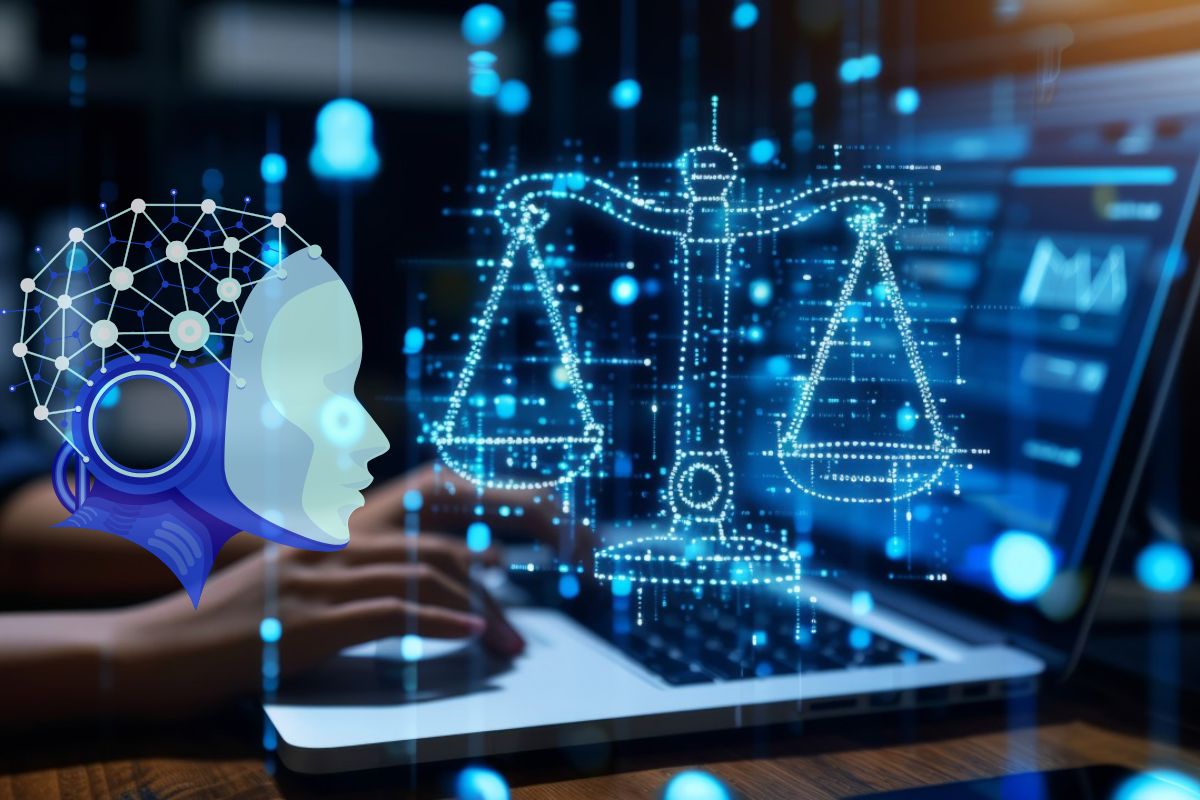
Integrate AI in Legal Aid Decision Making
Legal aid providers face constant pressure to do more with limited time, money, and people. Every day, they decide which cases to take, how to use their resources, and who needs urgent support. These decisions affect real lives—but making them quickly and fairly can be a challenge.
That’s where artificial intelligence (AI) can help. Used thoughtfully, AI can support decision making in legal aid—helping teams spot patterns, manage data, and prioritize cases. It doesn’t replace people or judgment, but it can be a powerful tool to guide their work.
Making Sense of Legal Aid Challenges
- Legal aid providers receive more requests than they can often handle.
- Teams must assess need, urgency, and eligibility with limited information.
- Time spent sorting applications takes away from direct support.
AI tools can assist by organizing this information faster. They can identify repeat issues, spot errors, and even suggest next steps—freeing up human staff to focus on people, not paperwork.
Where AI Fits in the Process
AI can support many parts of legal aid work. It can scan documents, analyze intake forms, and detect duplicate applications. Some tools are trained to recognize common legal problems based on key phrases or patterns in writing.
For example, an AI tool might flag urgent eviction cases based on keywords in a tenant’s submission. It might sort cases by topic—like housing, immigration, or family law—so legal teams can assign them more efficiently.
It can also help track deadlines and alert staff when follow-ups are needed, reducing delays or missed opportunities.
Supporting, Not Replacing, Human Judgment
AI can’t make final decisions about someone’s life—and it shouldn’t. Legal aid depends on empathy, listening, and deep understanding of social context. These are things no machine can fully grasp.
What AI can do is support that human work. Think of it like a very fast assistant: it can sort, summarize, and organize—but lawyers and advocates stay in charge.
To work well, AI needs clear rules and constant monitoring. It should offer suggestions, not answers. And it must be tested to make sure it doesn’t reflect bias or exclude people unfairly.
Avoiding Bias in the System
One concern about AI in legal settings is bias. If a tool is trained on data that reflects past inequality, it may repeat those patterns. For example, if past cases favored one group over another, the AI might suggest similar outcomes.
This is why transparency matters. Legal aid organizations using AI should review how tools are trained and what data they use. Community oversight, ethics reviews, and public accountability can help prevent harm.
AI should be built with fairness in mind—and it should always leave space for people to challenge its results.
Improving Access for Underserved Communities
In many places, people don’t know how to start a legal aid request. They may not understand forms or may speak different languages. AI tools, like chatbots or guided online forms, can help bridge that gap.
For example, a well-designed chatbot could walk someone through basic questions, direct them to resources, or submit their request to the right office. It can offer translations or adjust to different reading levels.
These tools make legal aid more accessible—especially in rural areas or for people who face language or literacy barriers.
Saving Time in Case Review
Reviewing long case files takes time. AI tools can scan documents and summarize key points. They can pull out dates, names, and legal terms to make it easier for advocates to prepare.
Some tools can also compare a new case to previous ones, suggesting helpful precedents or similar cases already resolved. This helps lawyers make decisions faster—especially when time is short and the workload is high.
With AI handling the sorting, staff can spend more time building relationships and preparing strong support for their clients.
Using Data to Plan Ahead
Legal aid organizations need more than case-by-case help. They also need to plan: which services are most needed, which communities face the biggest barriers, and where to invest resources next.
AI can look at trends in requests, case outcomes, or delays. It can help spot where help is missing or where certain problems are growing. This kind of insight helps leaders plan smarter programs and respond faster to new needs.
Used well, AI becomes not just a tool for today—but a guide for the future.
Training and Trust
To use AI safely, staff need training. They should understand what the tool does, how it makes decisions, and when to rely on it—or override it.
Clients should also be told if AI is part of their case process. Transparency builds trust. People have a right to know how decisions are made about their legal support.
Training programs should focus on ethics, fairness, and real-life examples—not just how to click buttons.
Keep People at the Center
Even with powerful technology, the goal of legal aid stays the same: help people who need it most. AI should always serve that goal—not replace it.
Organizations must ask: does this tool make our work faster without losing care? Does it help more people understand their rights? Does it make justice more fair, or more distant?
If the answers are yes, then AI has a place. If not, it’s time to rethink the role it plays.
Moving Forward with Caution and Care
AI has the potential to help legal aid teams serve more people, more fairly, and with greater focus. But that only happens when the tools are designed with care, reviewed often, and kept in the background—not the spotlight.
Technology should make legal aid more human, not less. It should give people more control, not confusion. And it should always protect the values that legal aid stands for: fairness, access, and justice for all.
